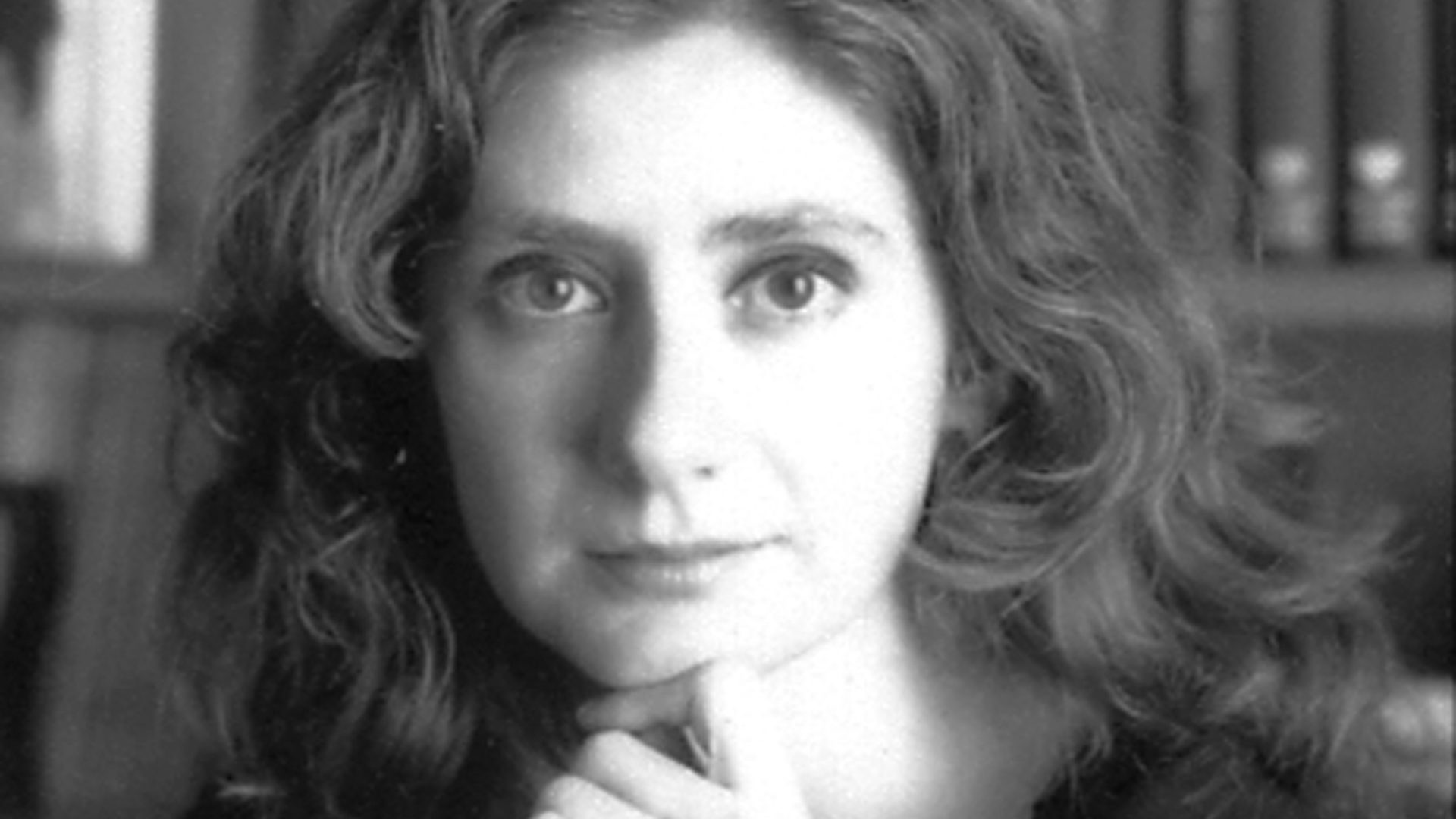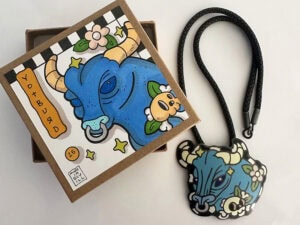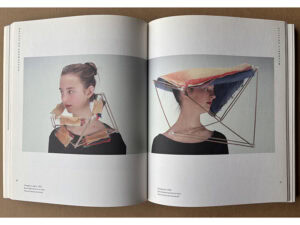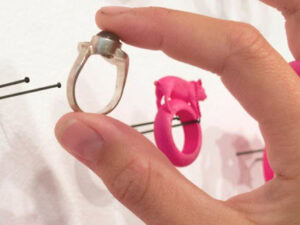Two years ago, Italy’s Associazione Gioiello Contemporaneo (AGC) together with Fondazione Raffaele Cominelli organized the first Cominelli Award for contemporary jewelry. The Cominelli Foundation is a private cultural foundation based in a seventeenth century palace in the north of the country. The palace, Palazzo Cominelli, is in the center of the village of Cisano di San Felice del Benaco and overlooks beautiful Lake Garda.
The annual Cominelli Award is a novelty in the Italian awards’ spectrum as it is completely open and without specific restrictions (age or theme). Each year, one person is charged with candidate selection. Before the exhibition opens, an international jury awards two prizes: a cash prize for the winner and a laptop for the second place-getter. There are also three special mentions.
In 2011, the foundation’s board boosted the importance of the event by creating a permanent collection and an annual side exhibition dedicated to the work of students from one particular school. The board’s intention was to reveal the various training paths of prestigious national and international schools by showcasing young students and representing different philosophies of and approaches to contemporary jewelry. This exhibition has come to offer the public a more complete panorama of contemporary jewelry, giving the awarded exhibition an appendix that testifies to the steps research in the field has taken.
In 2011, the jewelry design course from Milan Polytechnic was invited. The polytechnic’s professor of jewelry design, Alba Cappellieri, presented its souvenir jewelry project, with prototypes designed by 31 students. For the second edition in 2012, the Jewellery & Silversmithing Department of School of Design (Edinburgh College of Art, University of Edinburgh) was chosen. This small, specialized department normally has about 40 students in a four-year course, some twelve to fifteen students in each year. Although AGC didn’t advance why this school, in particular, was chosen, Edinburgh’s approach apparently represents the antithesis of Milan Polytechnic, which focuses on design. The aim of the Edinburgh department is to integrate ‘thought’ and ‘practice’ by balancing innovation and traditional craft techniques. As program director Stephen Bottomley affirmed in the catalogue: ‘We believe the development of original and distinctive work lies authorship, developing a personal vocabulary and a creative interpretation through an understanding of tools and materials.’
For the 2012 Cominelli exhibition, twelve students were chosen with works from 2010 to 2011, the penultimate two years before the merger of Edinburgh College with the University of Edinburgh (August 1, 2011) thus offering new opportunities for learning, teaching and research. Most of the students were from Scotland (Maike Browning; Kirsty Fraser; Joanna Hill; Linda Johnston; Jenny Laidlaw; Rhona McCallum; Kirsty Sumerling; Morag Sumerling; Heather Woof) while three were Asian (Alice Bo-Wen Chang; Jee Hyun Chung; Mariko Sumioka). Two works from each student were displayed in simple cubic showcases to illustrate their personal language, the final research after a focused period of training.
As an overview, the works presented a bold, textured sensibility and distinct attention to the combination of materials and techniques, blending the traditional with the innovative. The importance given to life drawing and the study of different kinds of materials (precious ones, but also plastic, wood and paper) all of which are key elements in the training, were clearly traceable in the pieces.
To offer some examples: the jewels by Alice Bo-Wen Chang were conceived as constructions of form and space for the human body and her background as an architect matches a sharp development of modules and patterns; the play of light on metal, shadows and interactions between open form and colors characterized the minimalistic approach of Linda Johnston; the reworking of her own traditional roots, the sensitivity in using patina and enamels, dominated the works by Mariko Sumioka.
I spoke to these three young women at the opening and I was struck by their grasp of reality; their awareness both of the need to improve and the state of art jewelry. This included the problem of selling, the compromise between the artistic research and the possibility of earning money, as well as the desire to create jewels that can be really wearable in daily life. It seemed to me their attitude was a result of their department’s approach to contemporary jewelry. Stephen Bottomley, in his presentation, stressed the need for the development of a personal view along with the importance of awareness of the different possibilities present in the jewelry panorama and, as a consequence, the promotion of confidence and adaptable skills. Indeed, some pieces demonstrated the idea of variations, the study of a creation not only directed at a one-off piece but also at small editions and collections.
This realistic approach, the desire to create jewels that could be worn developing their own language, seemed to be the message coming from the works of these students. For the Edinburgh students and the participants in particular, the exhibition represented an international showcase ,an opportunity to confront their work with that of others and to determine how to present themselves and their jewels. For the public, the main exhibition encompassed the complexity of the training in this specific field and the richness of expression with which contemporary art jewelry is inflected.




